Headed for the April Sun in Cuba

The sun was low in the sky as we roared away from the airport in a taxi. Soon we were darting through traffic in the streets of Havana. Decrepit vehicles from a bygone era belched toxic fumes through the open windows. The roar of ancient motorcycle engines filled our ears. Everywhere we looked, images of Che Guevara gazed contemplatively back—from buildings, billboards, posters and street art. We had arrived in Cuba.
Cuba, the almost mythical time-capsule of an island we had long dreamed of visiting. Daydreaming of our PanAmerican journey from our desks at home, very few places had provided the same attraction. Now our dreams were finally a reality.
Sure, there had been a minor hiccup due to a time change in the state of Quintana Roo that was not reflected by the time and date settings on our phones, computers, GPS, Google or otherwise. We might have nearly missed our flight, but we had made it. Just.
Thus began what was supposed to be a break from our trip. A holiday from our travels if you will.
We had contacted an owner of a Casa Particular (A private home that rents out rooms to travellers—the preferred form of holiday accommodation in Cuba) He told us that his rooms were full, but that he had a friend with a room available. He suggested we stop by at his house first. Greeted at the door by a butler (really, the guy appeared to be an actual butler…posh) we were given seats in a room filled with antiquities and knickknacks while we awaited the owner’s return. The Casa owner was almost the perfect caricature of a business tycoon, bold, loud and dramatic. He gestured broadly as he spoke, waving a cartoon-sized cigar this way and that to punctuate his sentences.
Over a refreshing beer, in a room thick with the pungent aroma of cigars, he introduced us to the owner of the Casa where we would be staying. He was a friendly chap, although the conversation was brief as he spoke no English and we soon realised that we were struggling to understand the Cuban accent. Really struggling.
As far as we can tell Cuba has done to Spanish what New Zealand has done to English. A mumbled garble of missing consonants, blurred vowel sounds and jumbled syllables greeted our ears. All this was delivered at a rapid pace—and was quite a contrast to the now familiar Mexican accent. We would ask a simple question and the response would be completely incomprehensible.

So what’s that guy singing about? Who knows. I’m pretty sure I no longer understand any Spanish. But it’s catchy.
Many of our attempts at speaking Spanish appeared to be no easier for the locals to comprehend. A couple of Kiwis butchering Spanish with a Mexican twang probably did sound pretty horrific to the Cuban ear. We we back to square one with our communications—hand gestures and elaborate miming.
We settled in to the rented room of our Casa, a good price for what we were getting, but still far more brutal on the wallet than what we had been used to on our camping trip through Mexico.
We knew Cuba was going to be a big hit to the budget, but we hoped it would be worth it. An opportunity to explore a fascinating country on the cusp of huge changes. A chance to get in and see the ‘old Cuba’ before this little island time capsule was again swept into the fast-paced, changing world around it.
Of course, this was just a dream, change has been afoot in Cuba for years. The classic cars that ply the streets of downtown Havana these days are mostly taxis, glammed up for the benefit of tourists. There are more Ladas and Korean cars on the road than ancient US classics, there were plenty of late-model European cars in the mix too. Not quite the island that time forgot that the brochures promise…
Havana itself, despite the changes. retains much of its historic character. Architecturally amazing, we immediately fell in love with our decaying neighbourhood in Havana Centro.
The neighbourhood might be built among the hodgepodge remnants of crumbling buildings, but the streets were truly alive. Everybody lived there lives with open doorways. Everyday happenings were constantly spilling out onto the streets. Friends and neighbours would call out to one another as they passed. The greetings were always hearty handshakes and jovial laughs. People ate their meals on their doorsteps, gathered together to gamble, talk, play laugh and converse, it was a much more social and lively neighbourhood than anything we are used to at home.
By day, the streets of Havana Centro were a tapestry of worn out buildings around which Cubanos wove their daily lives. Swirls of colour, movement and action.
As the sun sank in the sky, the greying facades of the buildings would we be kissed by the sun’s golden glow. During this magic hour it was a pleasure to wander the streets of the neighbourhood. Locals darted backwards and forwards finishing their business for the day and returning home. The golden light of sunset would pick out the details of the crumbling buildings adding a magic to the backdrop that we wondered if those living there even saw any more.
Once the sun went down, the streets really came alive, everyone was done for the day and it was time to relax. Walking down the street, it was necessary to wind around groups of friends, families and neighbours engaged in intense conversations or enjoying a shared evening meal. All this was happening bathed in the warm golden glow of streetlights. The walls of crumbling buildings behind were broken up by the blank staring windows and crumbling doorways. It was at once unnerving and welcoming. Like a friendly local bar relocated into the set of a film noir murder suspense.
Not all of the neighbourhood interactions were friendly, we watched from our rooftop perch as a fight broke out between two gangs of youths, the action disappeared around a corner. Then a kid ran back and hid a machete under a car, soon an ambulance and police cars arrived to clear the crowds and retrieve the machete. But it wasn’t long before the streets resumed their usual rhythm. Families and children spilled back out onto the street from open doorways and the quiet hubbub of every day life started anew.
We enjoyed our time in Havana Centro. The neighbours were friendly, our ‘good mornings’ were always returned as were smiles and waves. Although our poor grasp of the Cuban accent meant any longer conversations were completely out of the question.
What we couldn’t find much love for was the tourist trap of Havana Vieja.

Thronging with tourists and locals alike, Havana Vieja is as bustling and vibrant as any other neighbourhood.
The area was architecturally stunning. Keen historians had been working steadily for years to breathe life back into many of these classic buildings.
Packed to the brim with historic locations, fascinating museums, music, food and energy it really is a unmissable place to visit. Lovingly restored, the streets provide a gorgeous vista for cheap travellers and cruise ship visitors alike.
What they also provide is a central location for scammers, beggars and everyone else who wants your money or your business.
Spend any longer than an hour walking through Havana Vieja and you are about ready to start screaming at the next person who asks if you want a taxi ride. I’m walking guys, can’t you see I’m walking. You personally have asked me 15 times already if I want a taxi, as have the other fifty taxi drivers in the area. No. I don’t. I didn’t the first 14 times. I don’t now. In fact, I may never want another taxi in my life. Ever. Thanks for enquiring.

Ok, so these taxis do look pretty neat. But seriously, I’m only walking four blocks, I think my feet can handle it.
Even more annoying—the people who tuck an expensive looking cellphone in their pocket, come up to you, wave a small snotty child in your face, look you in the eye and just say ‘money’. (Different to ‘mani’ the people who say this are selling peanuts, although some of these are no better. No, I don’t want a tiny straw containing a dozen peanuts for $2USD, not when I just saw you sell them to a local for significantly less).
The worst are the people who start a sentence with ‘Hello my friend, where are you from?’ These people are probably jerks who will try their darnedest to scam money out of you, sell you poorly rebranded cigars, try to tell you that they have some super-secret-one-time-offer that will make your day (oh, is that the same offer as the row of people lined up over there were offering? Because. No. Just no.)
The variety of scams are as plentiful as the scammers, you just finish fending off one scumbag and you can hear ‘Hello my friend, where are you from?’ from the next guy, you ignore him, keep walking and then you get a break from the scammers—it’s a chorus of taxi drivers: “taxi” no gracias “taxi” “no gracias, we’re walking” “taxi, I can take you to…” “no, we’re walking around here” “Taxi?” “No, I just told the last guy ‘no’ what makes you think I’ve changed my mind after walking 1.5 metres?” “Taxi” “we are going to that building right there…see it? We don’t need a taxi”
“Hello my friend, where are you from?”
Deep calm breaths. Deep calm breaths.
This may all be fine if you have dropped in to Havana for a few hours of a cruise ship, but after four days around town, you really start to develop a strong distaste for both the people and the area.
We were at a disadvantage because we had arrived here after months in Mexico. In Mexico if someone stopped to talk to us on the street, if they asked us where we were from they were stopping to have a chat, they were keen to converse. They wanted to know about our travels in Mexico, to suggest other places to see, to ask questions about where we are from, to tell us more about their home town.
In Cuba if someone stopped to talk to us, they wanted money, they would try their best to sell us on something we didn’t want, to make a quick dollar on the side. The number of times we had to extricate ourselves from conversations that were started with us against our will and fast leading to a demand for money were countless… and frustrating.

At certain times of day the crowded Paseo del Prado was free of both scammers and salespeople. But then, there wasn’t much else to see there then either…
We soon realised that if someone spoke English in Havana Vieja there was a 99% chance we didn’t want to talk to them. In fact, there was a 99% chance we didn’t want to talk to anyone in the area.
To add to the challenge, things were expensive. Buying water to drink would eliminate our budget for one of the day’s meals. Buying another meal would eliminate several day’s food budget. Despite this fact, we allowed ourselves a few splurges, like a visit to a craft beer bar.
As a bonus this place had plenty of lively entertainment. Once the band got going the locals were up and dancing in the square. Every time. Without fail. If we had spent our entire time in Havana Vieja at this very bar, we would have loved the place.
We also spent a lot of our cash on museums and historic forts
There were also plenty of historic forts to visit. These forts had plenty of canons. This seemed like money well spent.

This train ‘museum’ was of questionable quality, but the chap at the gate was friendly. Plus, can’t resist a yard full of partially restored trains.
But sometimes we just wanted to find cheap food.
Once this ended badly in some ‘pizza’ that turned out to be slices of dry bread dripping in liquid cheese and some kind of watered down ketchup. Neither would adhere to the bread long enough to eat it. You just ended up with two dry triangles of bread and a napkin full of liquid goo. Both inedible. Somehow this still cost over $4 USD for a slice each. We wish we had taken a photo of this, it was a special kind of terrible.
The confusing thing about spending money in Cuba is it’s dual currency system. In general the idea is that tourists will spend in the Cuban Convertible Peso (CUC), while locals will use the Cuban Peso (CUP) usually known as Moneda Nacional (MN).
Once we got our hands on some Moneda Nacional, cheap food was easier to come by. More people in the small shops outside of the tourist area were willing to accept this currency.
Believe it or not, the single 10 peso note (worth $10USD) on the left, is worth more than the whole stack on the right. (Less than $10 USD worth because we’d already spent some on pizza and flan).
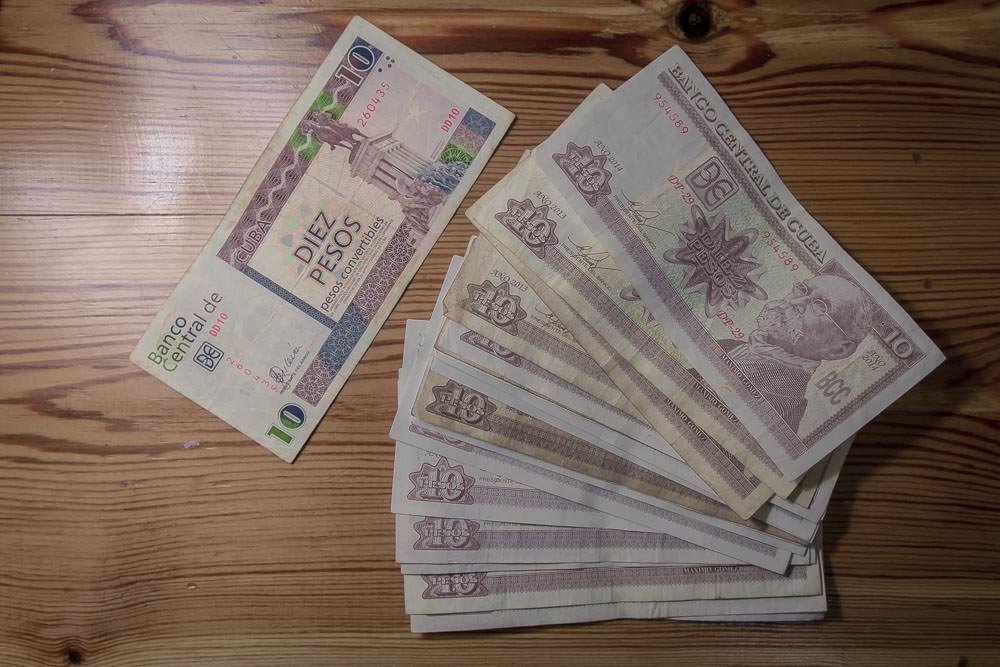
CUC (Cuban Convertible Pesos)—the tourist pesos on the left and MN (Moneda Nacional) (or CUP) —the local currency on the right.
There was often a lack of clarity as to which currency a price list was in. With 1 peso in CUC’s equalling 24 in Moneda Nacional, you think it would be easy to tell. But it wasn’t. Consistent pricing is not a feature of Cuban retail.
A single slice of pizza in one location might cost $7 CUCs (That would be $168 if it was listed in MN) But then a whole pizza might only cost $20MN at another retailer (That would be less than $1 CUC if it were priced that way.)
Coffee could be $3.50 CUCs ($84 MN) for a cup of rubbish instant, then down the road it could be $5 MN ($0.2 CUC) for a cup of freshly brewed “more caffeine than you can handle” “wake you up for the next 15 days” local brew.
A set menu full dinner in one location might set you back $20 CUCs with a charge of $5 CUCs for each small glass of beer, down the road $20 MN would get you a feast with the beer costing $7 MN a pint.
Confused?
We were.
Moral of the story, it pays to shop around and carry both currencies.
One of the culinary highlights? Flan in a can.
This one was the last one in the fridge at a small shop just down the road from where were staying in Havana Centro. When we bought it one of the other customers said, “They are so good, they are my favourite, I eat five in one sitting”. He’s right, they were good, I would have eaten five if they had been available.
Shopping for essentials proved to be a challenge. Like a replacement tube of toothpaste for the one that Mexico confiscated when we left (Can’t smuggle 110grams of toothpaste on a plane out of Cancun, those guys are sharp).
A walk into any shop gave you an appreciation for the shortages that the people of Cuba face. Sure, there was no shortage of designer clothing, expensive cellphones and nice cars rolling around the streets of Havana. But if you wanted a tube of toothpaste it appeared that you still had to find the right shop and ask someone to pass it out to you from behind a locked glass cabinet.
Some of these shops were happy to serve us, although you would have to wait in a queue for 20 minutes behind a guy who would be thoroughly testing all the features of a hairdryer before committing to the purchase.

Here’s the queue at the compulsory bag check window at a Cuban department store. Proving that shopping for the essentials in Havana is a serious business.
Others simply chose to not only not serve us, but to actually pretend that we didn’t exist. “Buenos dias” I called out to the woman behind the counter, she turned, looked at me and then turned back to her colleague and started having a yarn to her. I guess she’ll come over in a second.
Next thing another woman is poking me in the arm with a snot-covered baby. “Look, look at my beautiful baby, I need five dollars for my baby.” Anyone who knows me, knows poking me in the arm with an ooze-covered mucus factory is not a winning way to engage my charitable side. But a simple “Sorry, but no” wouldn’t cut it. The arm poking continued. “Look, look, do you want to hold her?” Oh, my god, no, that is the last thing I want to do in the entire universe. Walking into a nest of angry hornets currently ranks higher.
Finally the assistant walked over, looked past us and asked how she could help the person who had just walked in the door. Poke. Poke in the arm from a booger infested slime beast. Screw it. We’ll clean our teeth with beer. This isn’t worth it. Walking out the door “Three dollars I just need three dollars”.
Before you decide that we are complete monsters for not giving money to the mother and her goo-encased screech-beast, hear us out. We understand that money is short for many in Cuba. We do understand that. We understand that Pokey McArmington grew up without any of the advantages that we had at home. We understand that a couple of weeks of our meagre travel budget would make a huge difference. But it seems that every scammer, beggar and hopeful has moved in on the tourist areas of Havana.
We’re confident that spending our tourist dollar on these scammers and beggars would not improve the lives of 99% of the Cubans who could really do with the money, it would just encourage more scammers, beggars and scumbags to up their demands and harass more tourists. If we really wanted to help, we’d donate to a school, a charity, we’d shop at small local businesses.
But to be honest, after four days in Havana, we didn’t want to help. We wanted the hell out of dodge. It was time to see if we could find some peace and quiet.





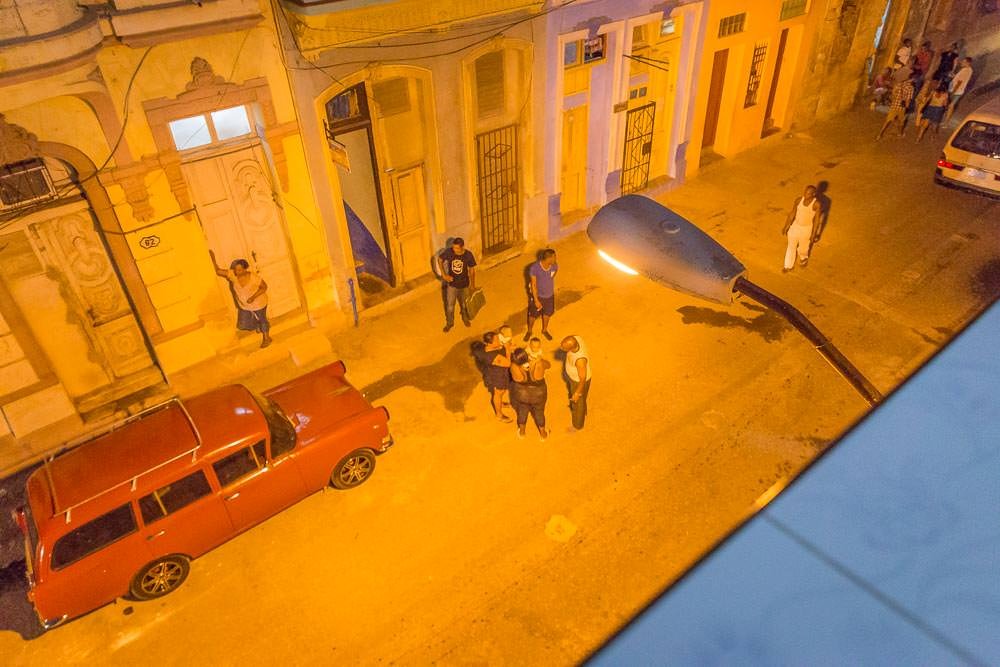




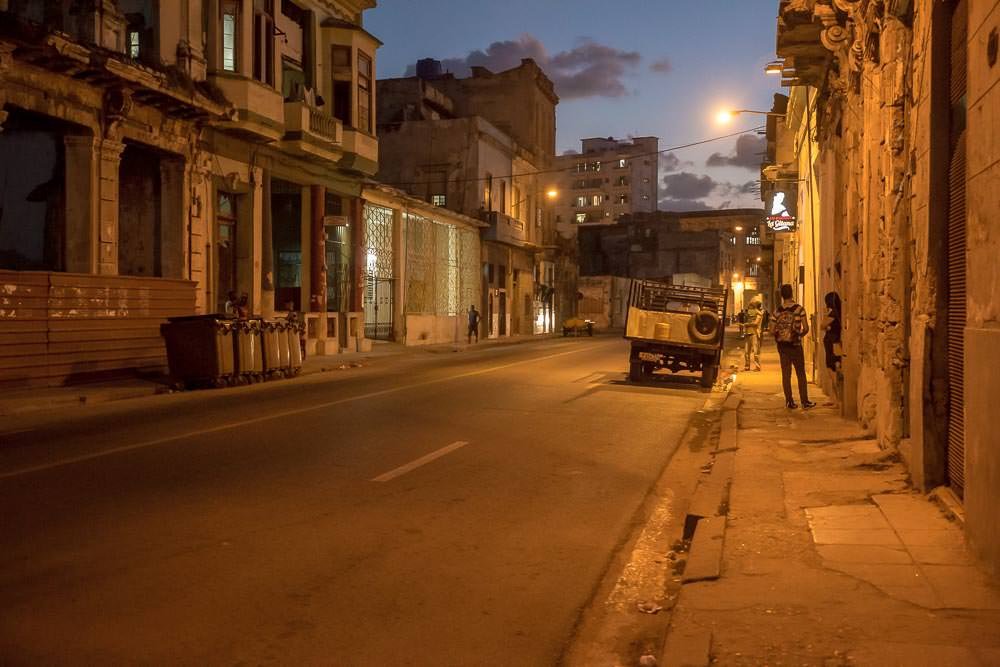


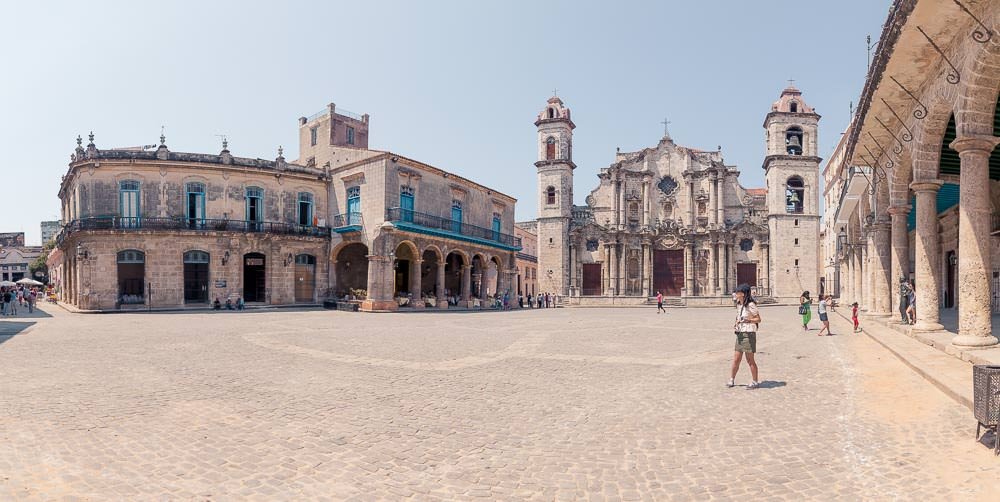















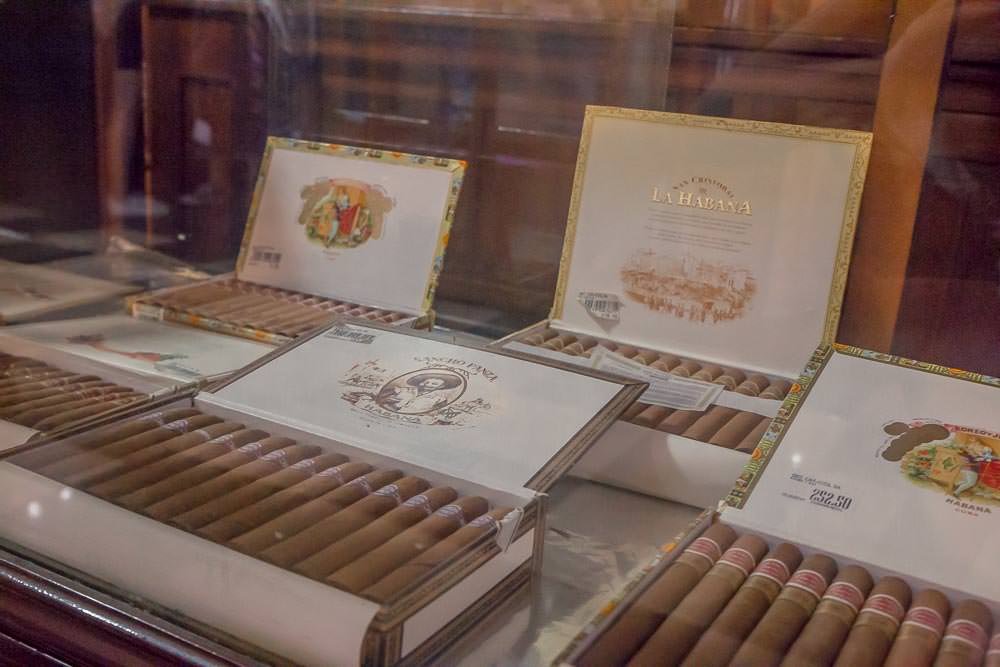

Pingback: Escaping the city for some rural relaxation | Flightless Kiwis
Rhonda
comments are back up! 🙂 I loved your description of the woman trying to hand you her snotty child.. my hell as well. Thanks for sharing the pictures. After you had told me about your experience not sure Cuba is on my list, but at least you can say you did it.
Emma
Yeah, clearly not qualified to drive a blog if I accidentally block the comments 😀 Children covered in snot are one of my greatest fears. If it had 8 legs and spun a web I would have actually passed out from terror. Don’t let us put you off Cuba as the memory fades, we do keep considering going back to give it another go…